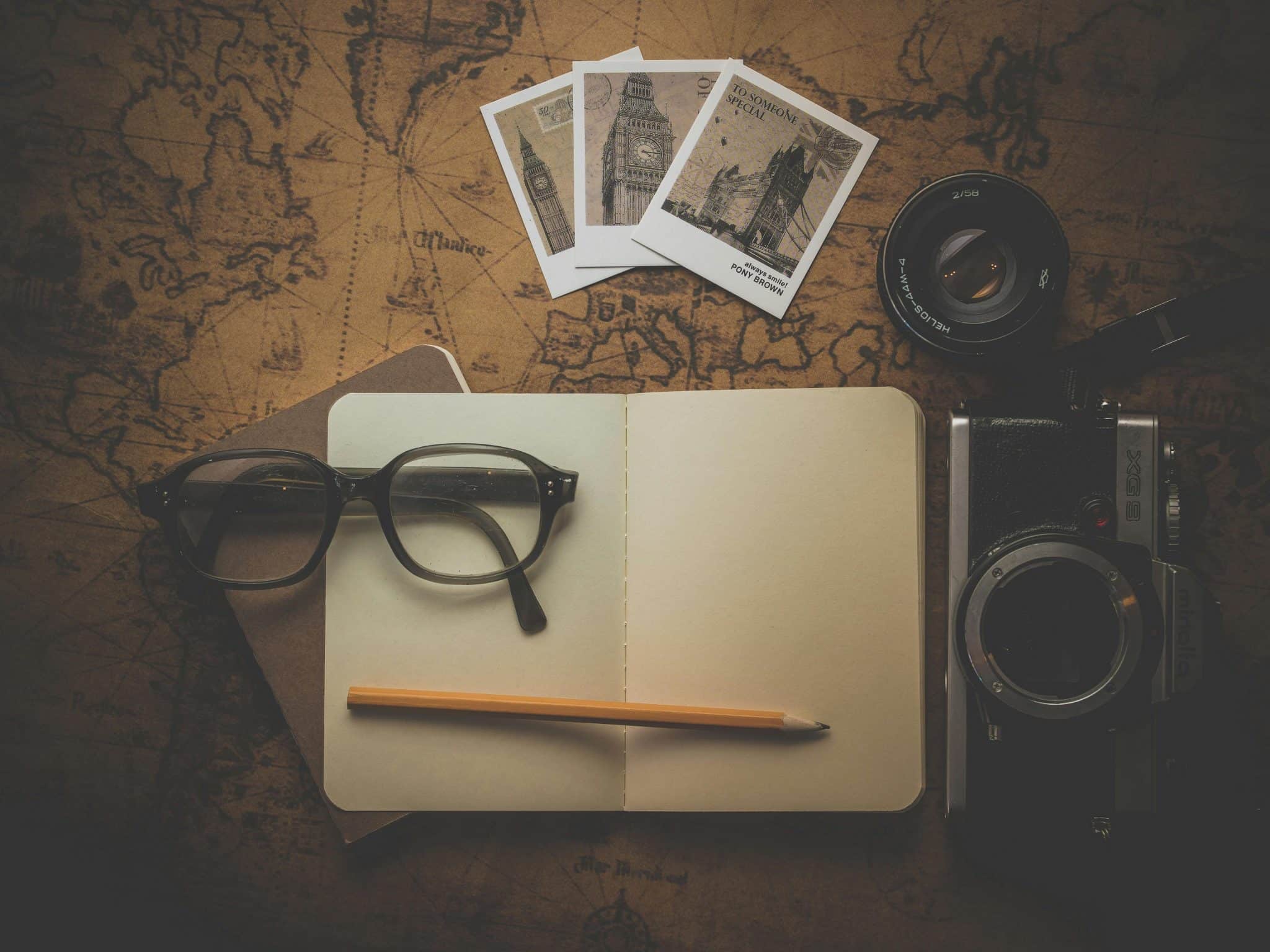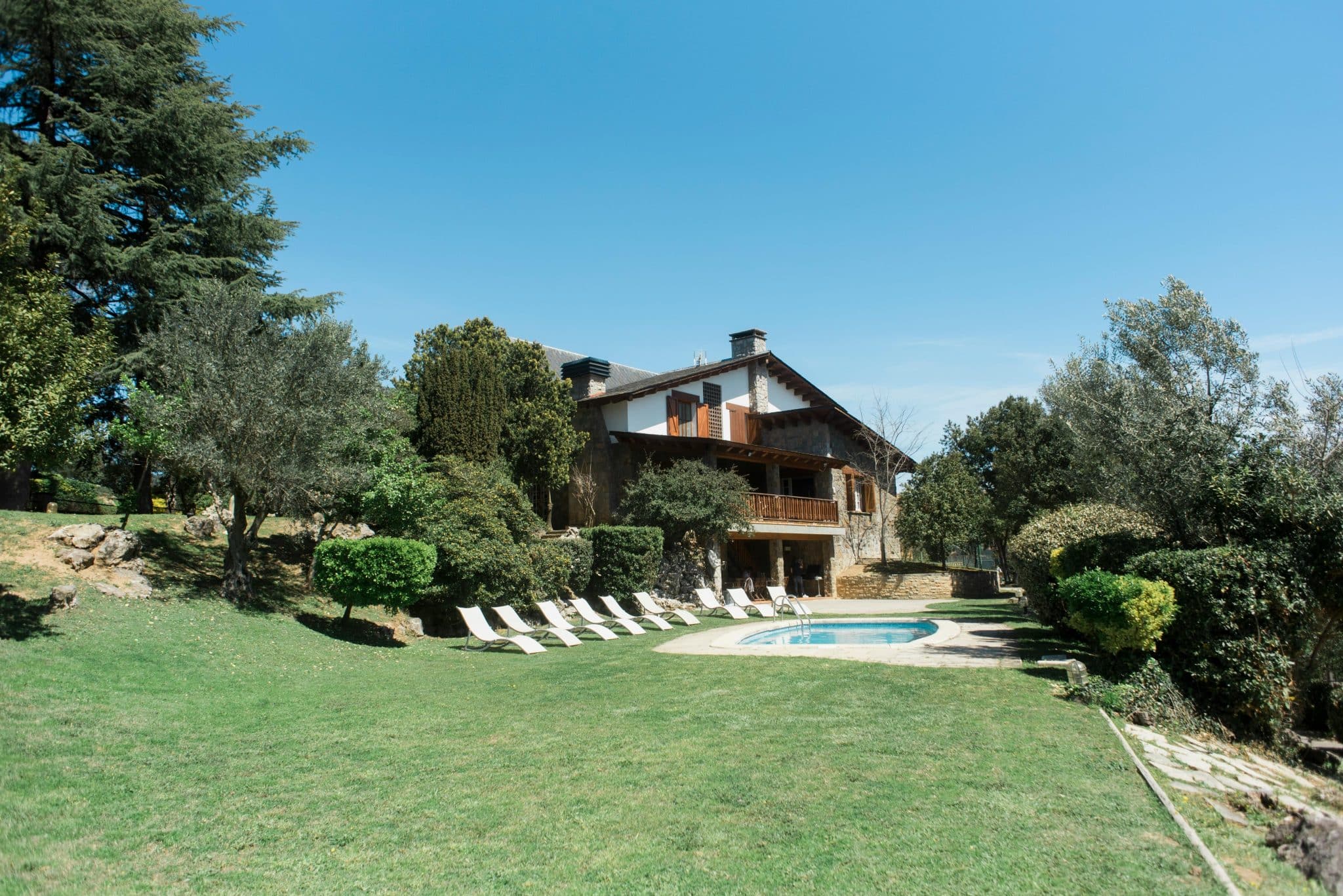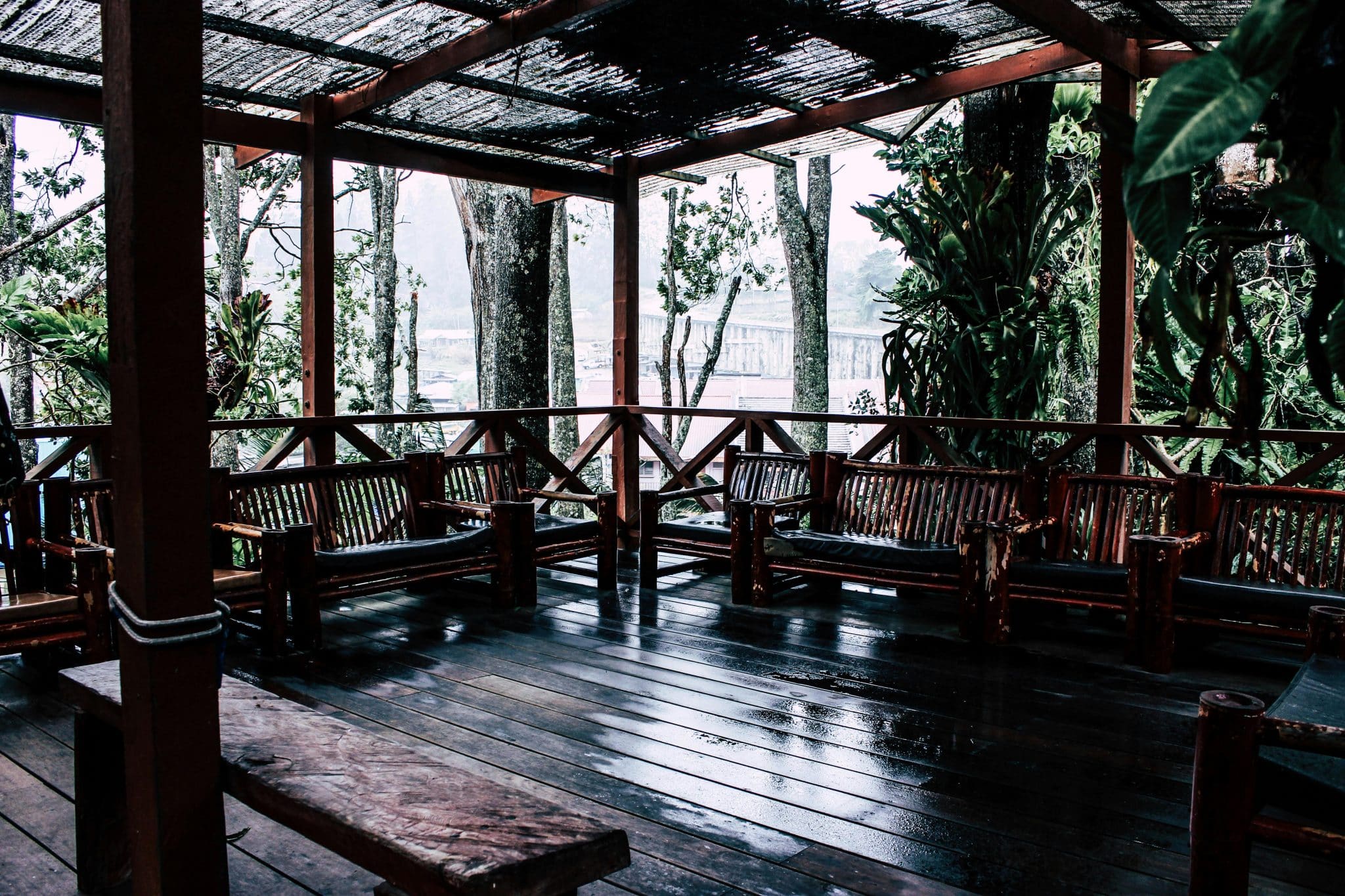My two sons can turn a living room into a cartography lab in under five minutes. The minute our last trip ended, they unrolled maps, argued about mountains versus beaches and—most crucially—reminded me that kids on vacation are stakeholders, not passengers. Keeping their enthusiasm from becoming in-flight chaos means translating early chatter into a clear plan long before the airplane door closes.
Three Saturdays ago, while they debated snorkels and ski jackets, I opened the browser and entered our travel dates into Packy. The packing wizard at https://packyapp.com/ —better known in our house as “packyapp”—flagged that car seats and a folding stroller would swallow the airline’s weight limit.
One tap set up shipping so the bulky gear could travel ahead of us, and a second tap dropped the number for tracking straight into our trusty parcels app. Five calm minutes later, the heaviest problem was already rolling toward the hotel’s bell desk.
Start With the Big Picture
Family travel gets messy when the plan is only half-drawn. I sketch the entire journey—doorstep to doorstep—before I book a single ticket. Doing so exposes the empty spots where meltdown risk hides: a three-hour layover with no lunch option, or a ninety-minute rental-car queue after dark.
An early-May survey from the American Automobile Association shows that families who lock flights and lodging at least six weeks out spend 18 percent less on transportation and report noticeably lower stress levels.¹ Cost savings are welcome; fewer headaches are priceless.
Invite Small Voices Into the Planning
A Sunday “trip summit” over pancakes has become our secret sauce for how to plan a family vacation. We spread brochures and colored pens, then give each child one non-negotiable wish and one hard veto. Their lighthouse tour and their ban on “boring shoe stores” go on the master calendar next to my hiking day. Involvement breeds cooperation; they defend the schedule they helped create.
To keep the itinerary coherent, we assign a playful theme—Coastal Naturalists this year. A theme narrows packing lists and guides spur-of-the-moment choices: the tide-pool walk suddenly matters as much as the headline aquarium because both serve the same story.
Pack Less, Ship Smart
- Move weight out of your hands. Strollers, golf clubs, even snorkel fins ride ahead of us via shipping. Watching their hops across hubs on tracking beats circling the baggage carousel after a red-eye.
- Let technology remember the small stuff. Packy builds a list based on weather, trip length and medication expiry dates. Freed from the mental arithmetic of “How many socks per kid per rainy day?” I can hunt out local gelato spots instead.
- Run a two-minute rehearsal. Walk through a typical day in your head—breakfast, transport, activity, downtime. Any missing chargers? No snacks during the ferry crossing? Fixing those gaps while you’re still home turns drama into just another tick on the to-do list.
Turn Transit Into Part of the Adventure
Children don’t measure time in minutes; they measure it in feelings. Long queues shrink when they link to the trip’s narrative.
- Airport Atlas: Older kids hunt departure cities on the board, then place stickers on a paper map.
- Currency Quest: Younger travelers guess what a pastry costs using the coins you hand them.
- Soundtrack Preview: A turtle-rescue podcast downloaded in advance transforms the security line into a prologue.
Blood sugar controls mood more than any pep talk. I pack protein, fruit and a tiny treat, then set quiet alarms—an invisible safety net that keeps tempers from spiking.
Build Rhythm, Then Leave Space
We follow a 3-2-1 rhythm: three anchor experiences for the whole trip (whale-watching, cliff walk, night market), two flexible slots daily and one sacred hour of open time when the children decide the pace. Structure offers security; white space invites discovery.
Local apps play background bass. Real-time bus info spares us the “Is this even running today?” panic. A pocket translator turns shy kids into bold menu readers. Meanwhile, the parcels app pings to confirm the stroller’s safe arrival—logistics kept where they belong: offstage.
Seal the Memories Before They Fade
Neuroscientists say revisiting good moments soon after they happen locks them into long-term memory. On the last evening we play “Three Stars and a Swerve”: each traveler names two highlights and one funny mishap. Laughter cements the details better than any filter.
Back home I jot notes—a café worth repeating, a detour to skip—straight into Packy’s archive. Next year’s blueprint will start half-finished, and future-me will thank past-me for the favor.
The Takeaway
A seamless getaway isn’t luck; it’s the result of seeing the whole puzzle first, then snapping each piece into place. Anchor plans early, hand the kids a share of control, ship what drags you down, automate what bores you, and guard pockets of unstructured wonder.
Do that, and the journey hangs together like a single panoramic photo—one you’ll revisit whenever someone mentions dolphins or the clap of sails at sunset. Invest a little strategy up front, and the payoff arrives in two currencies: dollars saved and stories that outlast souvenir T-shirts. That’s a return any family, and any savvy reader, can appreciate.








